Children
(Paediatric ENT) Conditions
- Hearing Loss
- Allergic Rhinitis
- Sinusitis
- Tonsillitis
- Adenoids
- Snoring And Sleep Apnoea
- Otitis Media With Effusion (Glue Ear)
- Speech Delay
- Choanal Atresia
- Noisy Breathing
- Breathing Difficulty
- Laryngomalacia
- Microtia / Ear Malformation
- Nose Bleeds / Epistaxis
- Vocal Cord Palsy
- Foreign Body
- Tracheomalacia
- Subglottic Stenosis
- Hoarseness
- Snoring
- Recurrent Respiratory Papillomatosis
Children
(Paediatric ENT) Procedures
Snoring And Sleep Apnoea
Most children will snore at some time during their childhood. Habitual snoring is common. The commonest reason in children is enlarged tonsils and adenoids.
The diagnosis of OSAHS is often not straight forward. Night time symptoms that are suggestive of OSAHS include snoring, brief episodes of stoppage of breathing , restlessness, frequent awakening, bed wetting, sweating and positioning with neck extended. Daytime symptoms can include drowsiness, hyperactivity, poor concentration, low energy levels, failure to thrive, behavioural concerns (becoming withdrawn/shy or aggressive/disruptive).
Examination would include complete assessment of the child’s airway. We encourage parents to bring a recording of their child sleeping on a camera phone which may also assist with the diagnosis. Occasionally a sleep study may be required to document the severity of the condition.
The main thrust in diagnosing and treating OSAHS is to prevent its more severe long term effects in the areas of neurocognitive development, growth and effect on the heart and lungs. The treatment of OSAHS is dependent upon the underlying cause/s. For the majority of children however, adenoidectomy or adenotonsillectomy remains the first line in treatment of OSAHS. Quality of life improvements following adenotonsillectomy have been demonstrated in a number of studies. For some children where an allergic component is thought to be significant, treatment of the allergic rhinitis with topical nasal steroids have been reported to lead to improvement. Children who are over weight are advised to lose weight or seek the opinion of a paediatric endocrinologist in this regard.

